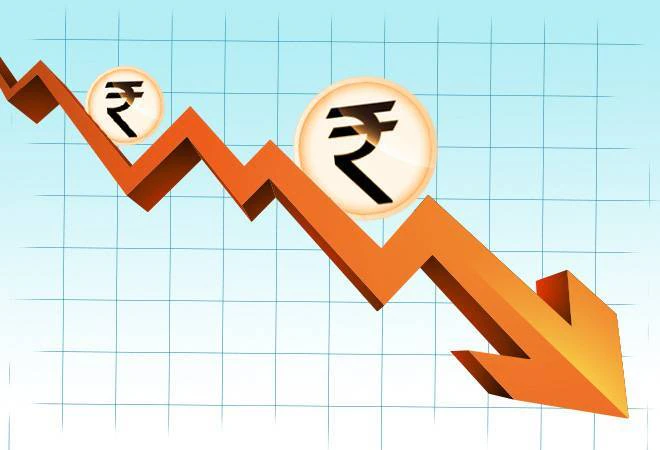Font size:
Print
Navigating Economic Indicators and Policy Implications
Context:
The economy shows a paradox of weak consumption growth, sluggish employment, and low core inflation despite strong overall growth, highlighting the need for a deeper analysis of these trends.
Economic Indicators and Their Implications:
- Consumption: Consumption growth is weak, growing at just 4%, half the rate of the overall GDP growth.
-
- Household savings are declining and borrowing is rising, indicating that households are not saving more but borrowing to sustain consumption.
- Household net financial savings was only 5.7% of GDP in 2023-24, below the 7.6% of GDP average in the years before Covid.
- Weak consumption is a signal of weak growth rather than high growth with low consumption.
- Household savings are declining and borrowing is rising, indicating that households are not saving more but borrowing to sustain consumption.
- Employment: Employment growth is weak despite strong GDP figures.
-
- The official employment statistics might present an overly optimistic view, as the actual employment conditions could be more problematic than reported.
- Weak employment growth reflects broader economic weakness, not strong growth.
- Core Inflation: Core inflation (excluding food and fuel prices) has fallen at a low level of 3%, despite strong GDP growth.
- Low core inflation suggests that aggregate demand is weak, indicating that growth may not be as strong as reported.
- Low core inflation supports the view that growth is modest rather than robust.

Headline and Core inflation:
- Headline inflation: It Denotes the overall change in the value of all goods within the basket of goods.
- Core inflation: It is calculated by excluding food and fuel items from the headline inflation figure.
- Since the prices of fuel and food items tend to fluctuate and create ‘noise’ in inflation computation, core inflation is less volatile than headline inflation.
Policy Recommendations:
- Avoid Tax Cuts: Tax cuts would impact only a small portion of the population i.e top 10-20% tax paying population, and could exacerbate inequality.
- Moreover, such measures would be inequitable given the K-shaped recovery and the adverse impact on the informal sector.
- Focus is needed on structural reforms instead of cyclical adjustments.
- Prioritise Privatisation: Implementing a privatisation strategy could spur investment and modernization in state-owned enterprises.
-
- It is unwise for the government to invest more public funds into inefficient public sector undertakings like Mahanagar Telephone Nigam Limited (MTNL).
- Adjust Monetary Policy: With weak growth and low core inflation, reducing interest rates could stimulate demand.
- Lower rates might lead to a weaker rupee, enhancing export competitiveness.

K-shaped recovery:
A K-shaped recovery describes a scenario where, after a recession, various sectors of the economy rebound at disparate rates, times, or levels.


